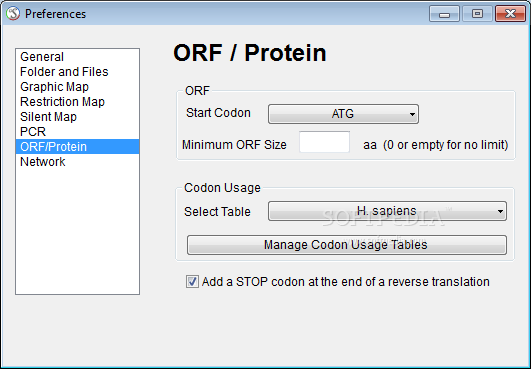


First, we analyzed the effect of mithramycin on K562 transgenic cell lines harboring different copies of a lentiviral vector carrying the human β-globin gene, showing that γ-globin mRNA expression and HbF production can be induced in the presence of high levels of β-globin gene expression and HbA accumulation. Levels of mRNA and hemoglobins were determined by qRT-PCR and HPLC. Induction of fetal hemoglobin was obtained using mithramycin. Gene therapy was performed with the lentiviral vector T9W. Transgenic K562 cell lines and erythroid precursor cells from β 039-thalassemia patients were employed. Our aim was to evaluate whether, in absence of complete reversion of the β-globin phenotype upon gene transfer, it is possible to use fetal hemoglobin induction to eliminate the residual α-globin aggregates and achieve normal levels of hemoglobin. Following gene transfer, all or a large proportion of erythroid cells might express suboptimal levels of β-globin, impairing the therapeutic potential of the treatment. Gene therapy might fall short in achieving a complete reversion of the β-thalassemic phenotype due to current limitations in vector design and myeloablative regimen.


 0 kommentar(er)
0 kommentar(er)
